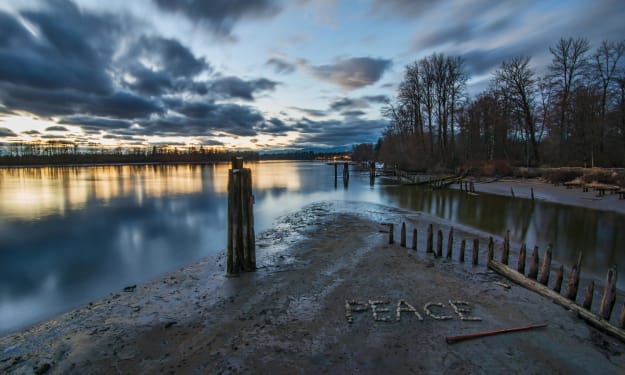4 countries that have the narrowest territory in the world
narrowest territory

While there's no definitive ranking for the narrowest countries solely based on width, here are 4 countries well-known for their elongated, slender shapes:
Chile: Nicknamed "The Ribbon Country," Chile stretches along the western coast of South America for over 4,200 kilometers (2,600 miles), with an average width of just 177 kilometers (110 miles) at its widest point. This dramatic geography is a result of the uplifting of the Andes Mountains along the continent's edge.
Unique Landscape: The narrowness of Chile has resulted in a fascinating variety of landscapes crammed into a relatively small area. The towering peaks of the Andes Mountains run almost the entire length of the country, creating a dramatic backdrop for the Atacama Desert in the north, the fertile Central Valley, the Lake District with its numerous volcanoes and glaciers, and the Patagonian fjords and channels in the south.
Challenges and Advantages: This long, thin shape presents logistical challenges for transportation and communication across the country. However, it also offers Chile a vast coastline rich in marine resources and diverse ecosystems, from the Humboldt Current teeming with marine life to the unique biodiversity of the Juan Fernandez Islands.
Italy: The iconic "boot" of Italy juts out into the Mediterranean Sea, stretching for roughly 1,169 kilometers (726 miles) from the Alps in the north to the tip of Sicily in the south. At its widest point, Italy is only around 362 kilometers (225 miles) across.
Geographical Divisions: Italy's boot shape creates distinct geographical regions. Northern Italy is dominated by the Po Valley and the foothills of the Alps. Central Italy encompasses the Apennine Mountains and the historic city of Rome. Southern Italy, including the boot's "spur" (Apulia) and "heel" (Calabria), features a more rugged landscape. The large islands of Sicily and Sardinia add further diversity.
Cultural Mosaic: This geographical division is reflected in Italy's rich cultural mosaic. Different regions boast unique dialects, culinary traditions, and artistic styles. The long coastline has fostered a maritime culture, while the central location within the Mediterranean Sea placed Italy at the crossroads of trade and cultural exchange throughout history.
Gambia: The Gambia is a unique case. Entirely surrounded by Senegal, this tiny West African nation occupies a narrow strip of land along the Gambia River for roughly 300 kilometers (186 miles), with an average width of only around 20 kilometers (12 miles) at most points.
Riverine Life: The Gambia River is the lifeline of the country, providing transportation, irrigation for agriculture, and sustenance through its rich fishing grounds. The surrounding land consists mostly of savanna woodlands, home to diverse wildlife.
Historical Significance: Gambia's narrow shape is a legacy of colonialism. European powers during the colonial era established outposts along the Gambia River for trade, particularly in slaves and then peanuts. After gaining independence, the country's borders remained as they were established during the colonial period.
Portugal: Located on the Iberian Peninsula, Portugal has a western coastline bordering the Atlantic Ocean and a land border with Spain to the east. The country stretches for around 560 kilometers (348 miles) from north to south, with a maximum width of about 218 kilometers (135 miles) in the central region.
Maritime Powerhouse: Portugal's long Atlantic coastline played a crucial role in its history. During the Age of Exploration, Portuguese sailors ventured out, establishing a vast maritime empire and becoming a pioneer in global exploration. The country's rich maritime heritage is evident in its culture, cuisine, and traditions.
Diverse Landscapes: Despite its relatively small size, Portugal boasts a diverse range of landscapes. The north is mountainous and green, while the south is characterized by rolling hills and warm weather. The Algarve region in the south is known for its stunning beaches and cliffs.
These four countries exemplify how a narrow landmass can shape a nation's identity, culture, and development. From the dramatic landscapes of Chile to the historical significance of The Gambia's river system, each country has a unique story to tell.
About the Creator
Moharif Yulianto
a freelance writer and thesis preparation in his country, youtube content creator, facebook






Comments
There are no comments for this story
Be the first to respond and start the conversation.